SAYURI: TEA TASTING BY ALEX AHEARN
Name of the Product: SAYURI
Type of Tea: Gyokuro
Producer: Kiya Yasuhiko, Japanese Tea Appraiser and CEO of Kiya Hoyuen
Location: Hoshino Village, Yame City, Fukuoka Prefecture, northern Kyushu, Japan
Harvest: Shincha, May 2022
Read About Kiya-San’s Work And Craftsmanship Below.
Over the years, Kiya-san has worked to promote Japanese tea culture and to educate others about Yame tea. IKKYU collaborates with Kiya-san to share unique teas that showcase the wonders of Yame. Explore more of Kiya-san’s craftsmanship with his other gyokuro: SAKI, SATORI, and SATSUKI, and his kabusecha, SAWA.

SAYURI's beautiful needles (photo © Alex Ahearn)
Taste This Tea Like Kiya-San!
Kiya-san’s recommended steeping parameters.
Water: 15ml (~0.5 fl oz)
Temperature: 40°C (104°F)
Tea: 3g (~1 teaspoon)
Brewing: 2 minutes
SAYURI is another one of Kiya-san’s artistically crafted and blended gyokuro teas with a powerful umami-rich character and a lingering sweetness. This handpicked tea has a GI (Japan geographical indication) label for dento hon gyokuro and comes packaged in a 100g tin stored inside its own wooden box.
Its elegant presentation is as elegant as the tea itself. I slowly opened the wooden box, beaming with anticipation, as I looked through the small pamphlets that came with the tea. I lifted the small can from the box and slowly opened the lid.
There is nothing like opening a new container or package of Japanese tea—as a vibrant and vegetal aroma filled the air around me. I took a deep breath in and took in the umami-rich and complex aroma. It had bright vegetal notes of freshly harvested spring vegetables and undertones of delicate white flowers and clean spring air.

I tilted the can and watched as the shiny, deep emerald green, needle-like leaves flowed into my bowl. The consistency of the leaves was remarkable. I scaled out 3 grams of tea, prepared my setup, and started warming up my water to 40°C (104°F). I smelled the dry leaves and noticed an underlying mildly sweet and rich aroma with notes of fresh zucchini and pine nuts.

Wet leaves from the first 3 steeps (photo © Alex Ahearn)
I warmed up my two small cups and poured the leaves into one of them. I smelled the aroma one more time in the warmed cup to fully appreciate its depth and complexity. The tea’s rich umami characteristic was more noticeable, and there were very subtle hints of miso broth and shellfish hidden underneath it.
I slowly poured 15ml (~0.5 fl oz) of water onto the leaves and waited two minutes as the leaves continued to swell with water, as their emerald hue became even more vibrant. As soon as the two-minute mark passed, I poured the liquor into my other small cup. It only filled my cup about a quarter of the way and looked incredibly rich. I lifted the cup to my mouth and slowly took a sip.

Liquors from the first 3 steeps (photo © Alex Ahearn)
As the liquor passed my lips, a sweet and umami-rich flavor filled my mouth and coated the sides of my mouth. I tasted the complexity of the tea as soon as the liquor touched the tip of my tongue. The medium green liquor had layered hues of green and a persistent vegetal character that lasted for minutes after I took my first sip. In the back of my throat, notes of fresh dark leafy greens, like spinach and chard, and a hint of shellfish lingered.
I steeped the tea another time and noticed more balanced umami and sweetness with a slightly lighter yet still lingering finish. The aroma and body were a little bit lighter, but the mouthfeel was still full and coated my mouth. After finishing my cup, my mouth started to salivate as subtle vegetal notes with a hint of fresh flower petals lingered. The vegetal notes reminded me of bok choy, seaweed, and fresh soybeans. There was even a hint of toasted rice intertwined with the tea’s sweetness.

Enjoying Kiya-san's SAYURI over several brewings...and sweets!
As I continued to steep the tea another four times, the body continued to lighten as more layers of the tea revealed themselves. In the later steeps, more floral characteristics, such as blooming daffodils and daisies, become more apparent. A slight cooling sensation lingered in my sinuses and at the back of my mouth. The tender handpicked leaves shimmered in the sun as I enjoyed the last steep. Following Kiya-san’s steeping parameters captures SAYURI’s complex umami, vegetal, and subtly floral characteristics. This tea is made with the Gokou, Kanaya Midori, and Yabukita cultivars.
Make This Tea For Any Occasion!
Hot Preparation:
If you would like to enjoy this tea in a larger quantity, you may use 6 grams (2 teaspoons) of tea and 80ml (~2.7 fl. oz) of water. The tea can be steeped up to five times using one-minute steeps. The water temperature can remain at 40°C (104°F) or can be increased to 60°C (140°F) to accentuate more of the tea’s aromatic floral and vibrant umami characteristics.

Vibrant green after brewing.
Ice Brew (kōridashi) Preparation:
This tea can be enjoyed using another steeping method called kōridashi. An ice cube can be placed on top of the dry tea leaves, roughly 3-4 grams (1 teaspoon), in your cup and left to melt for about 30 minutes. You may pour a very small amount (~10ml/0.33 fl. oz) of warmed water over the ice cube to start the melting process. The tea’s bitterness will be more subdued while its umami characteristics remain vibrant.
Cold Brew Preparation:
This tea can be enjoyed as a cold brew made in a 750ml (~25.4 fl oz) cold brew bottle or a pitcher. This preparation method highlights the tea’s more aromatic characteristics and underlying complexity. Put 8-10g (2-3 teaspoons) of tea in the bottom of the bottle. Fill the bottle to the top with cold or room temperature filtered water. Place the bottle in the refrigerator and allow the tea to steep for 8-12 hours. You can taste test the tea throughout its steeping and enjoy it at any point to your liking. After the desired amount of time has passed, strain and enjoy the tea. Store in refrigerator up to one day after preparing.
Food Pairing Recommendations:
You may enjoy this tea by itself or pair it with a wagashi or a piece of dark chocolate to create a new experience by pairing the tea with something sweet. If you would like to enjoy this tea with food, you may pair it with onigiri, or sushi, sashimi, and other raw fish dishes.

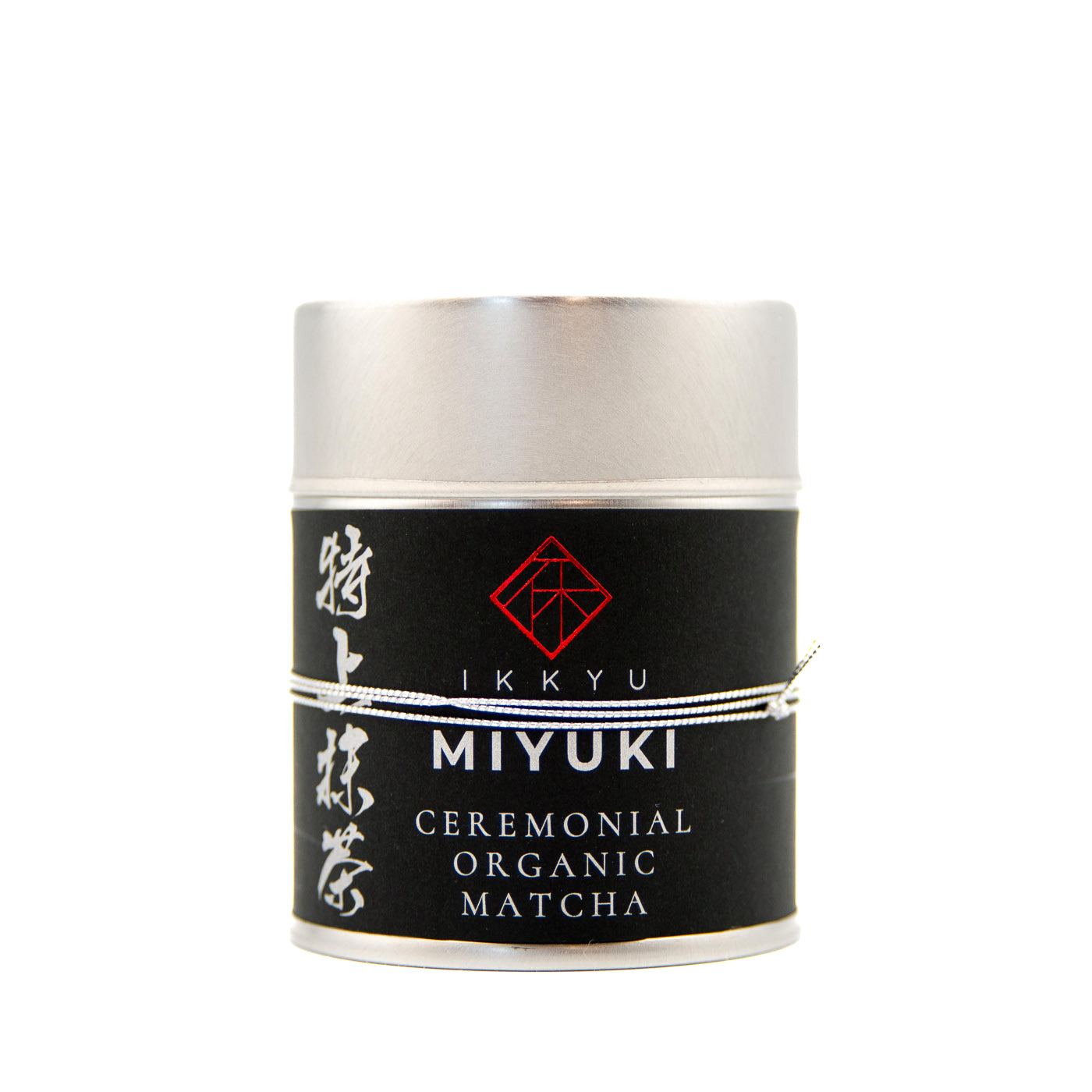


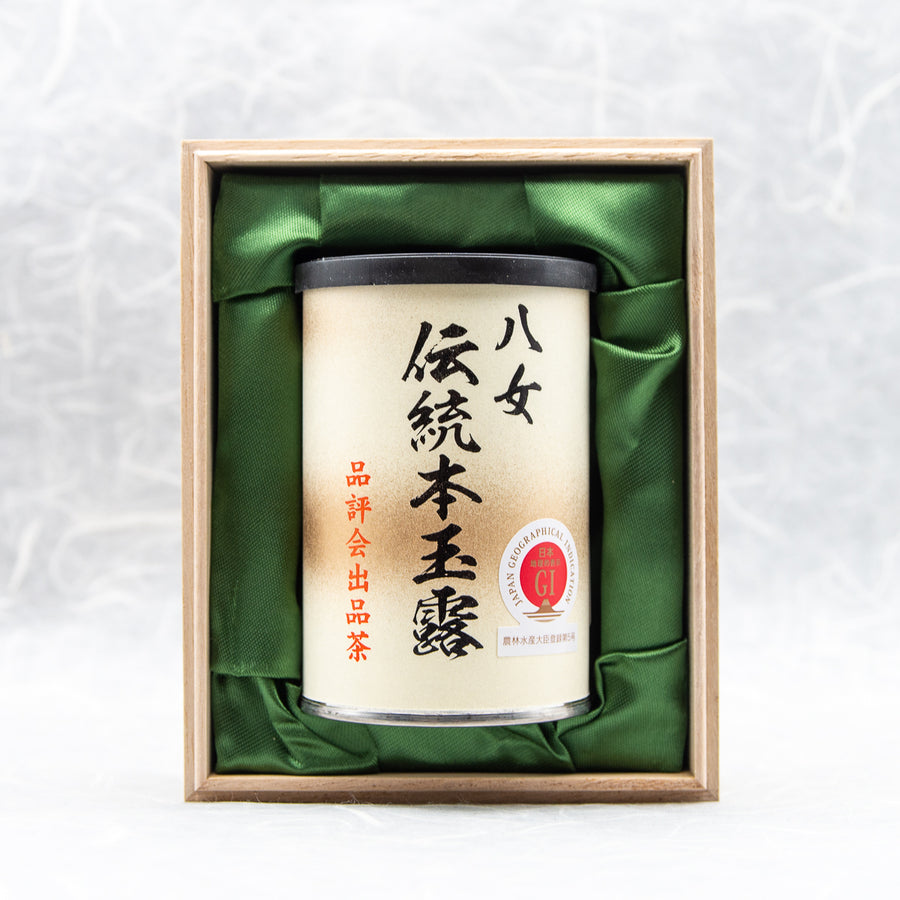
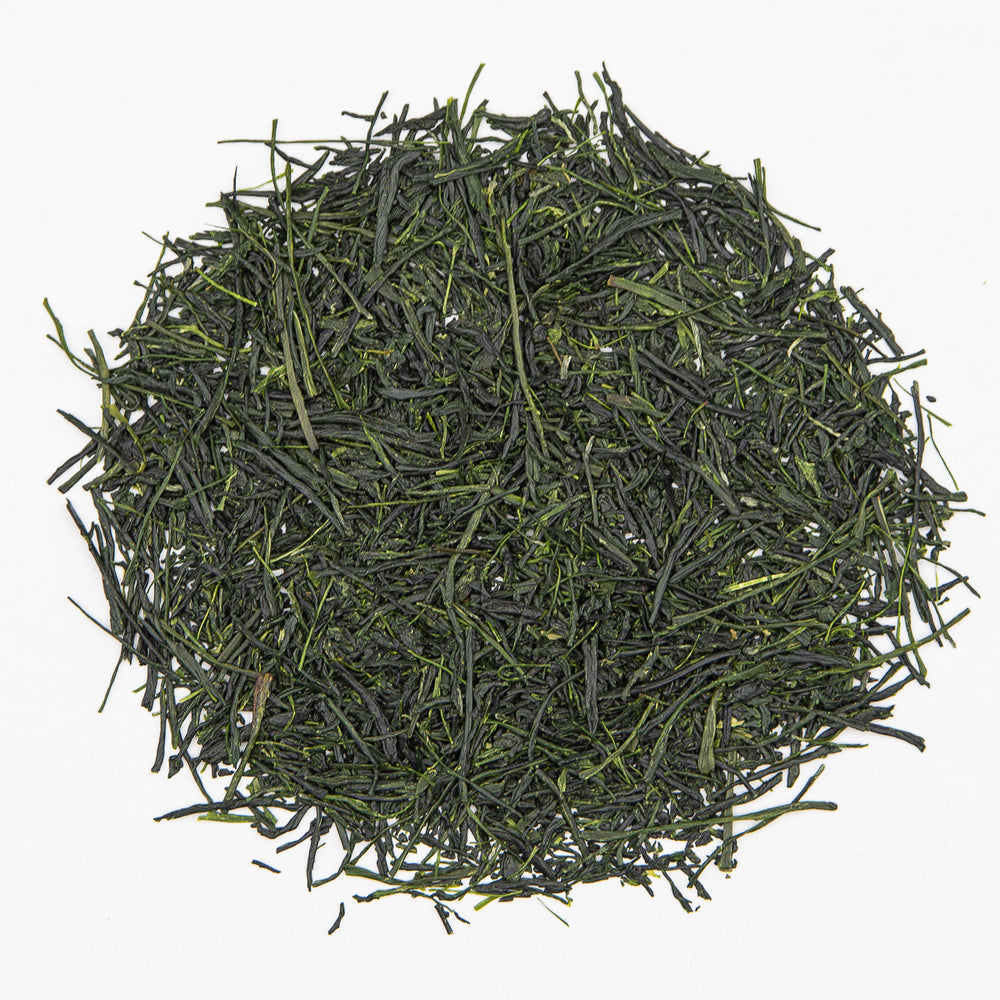
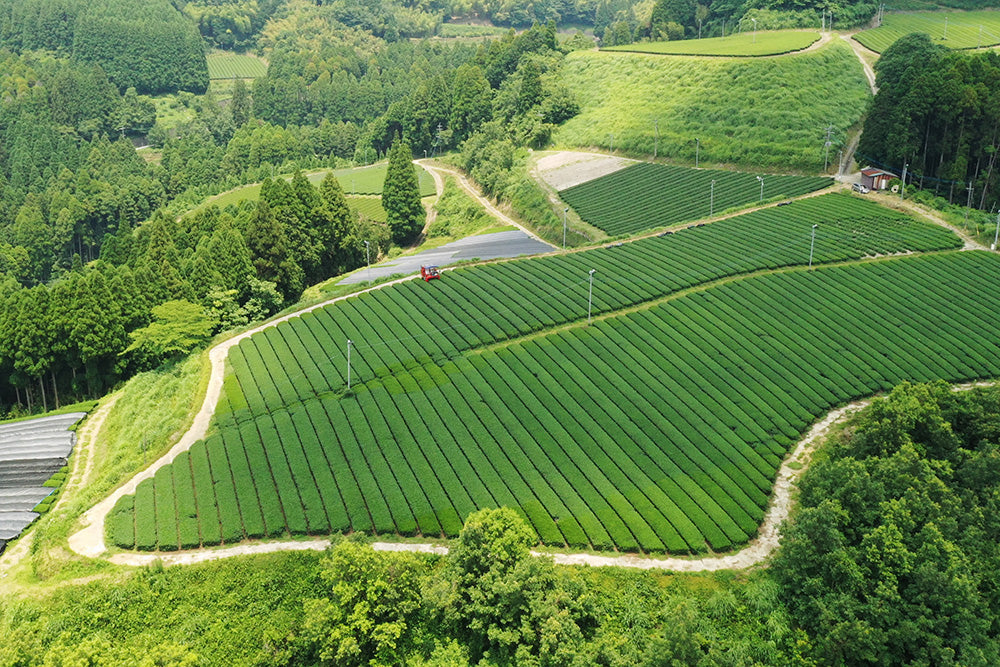

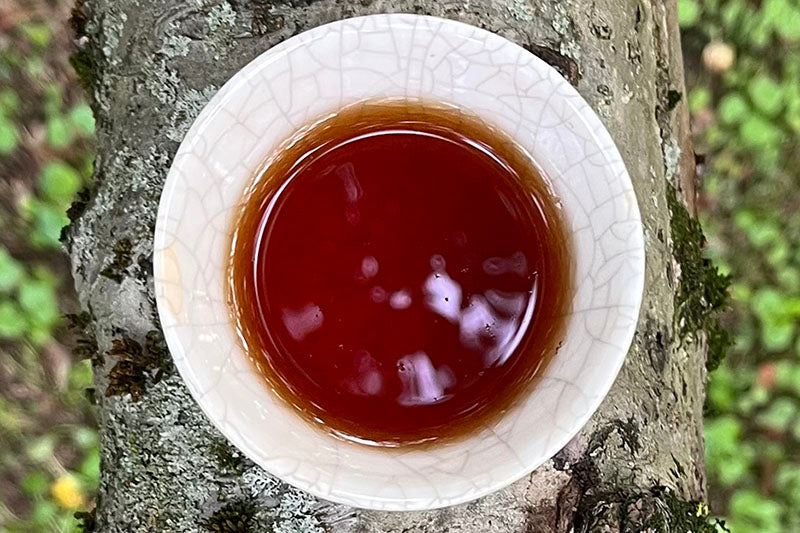
Leave a comment